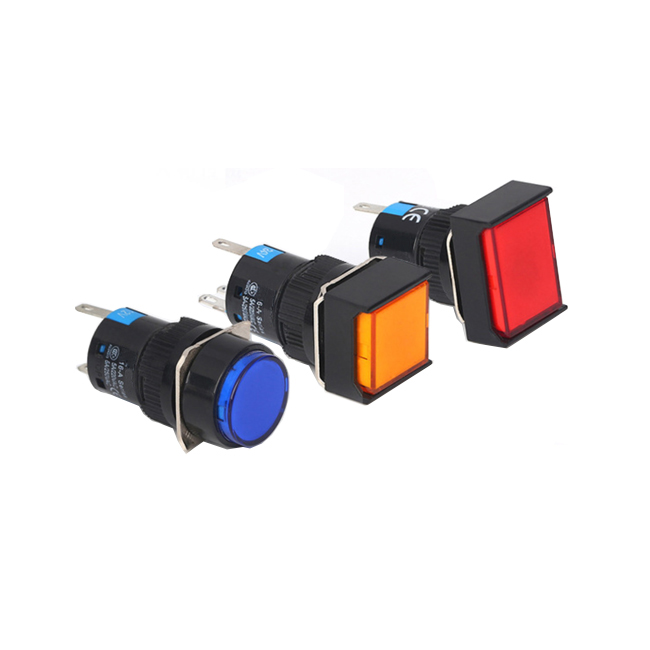Water-fillable zinc batteries have shown good application prospects in large-scale energy storage fields such as smart grids. This is due to the high safety of the aqueous electrolyte, good environmental compatibility and excellent ionic conductivity; in addition, zinc is rich in resources, widely distributed, and has high chemical stability, and can be directly used as a negative electrode material. However, the zinc ion has a high charge and a large atomic weight, and the deintercalation kinetics in the conventional positive electrode crystal structure is slow, so that it is urgent to develop a new high-performance zinc storage positive electrode material. The layered vanadium pentoxide (V2O5) is characterized by its low cost and easy availability and high theoretical capacity (589 mAh/g). It is considered to be a promising zinc storage anode. However, vanadium-based oxides generally suffer from poor cycle stability and poor rate in low-concentration aqueous electrolytes. In addition, although V2O5 has been extensively studied in lithium ion batteries and the reaction mechanism is clear, the deintercalation behavior of multivalent cations in its crystal structure is relatively complicated, and its zinc storage mechanism remains to be elucidated.
[Introduction]
Researchers such as Dr. Zhang Ning (communication author) of Hebei University published an online titled “Rechargeable Aqueous Zn-V2O5 Battery with High Energy Density and Long Cycle Life†on the American Chemical Society's energy flagship ACS Energy Letters (IF≈11). article. The commercialized V2O5 is used as the positive electrode, the metal zinc is the negative electrode, and the Zn(CF3SO3)2 aqueous solution is used as the electrolyte to construct a Zn-V2O5 battery system with high energy density and long cycle life. The mechanism of zinc storage of V2O5 positive electrode was clarified by electrochemical test, TEM characterization and XPS characterization. The cycle stability and rate performance of Zn-V2O5 battery were significantly improved by using the optimized high-concentration water-based electrolyte.
[Graphic introduction]
Figure 1. Reaction mechanism and cycle stability of a water-fillable Zn-V2O5 battery.

(a) Schematic diagram of the operation of the battery in the 3 M Zn(CF3SO3)2 aqueous electrolyte; (b) Cyclic performance of the Zn-V2O5 battery at current densities of 0.2, 0.5 and 1.0 mA/g Figure.
Figure 2: Characterization of electrochemical performance of water-fillable Zn-V2O5 cells.

(a) rate performance; (b) charge and discharge curve; (c) Ragone curve performance comparison; (d) long cycle stability; (e) differential capacitance curve.
Figure 3: Electrochemical reaction kinetics analysis.

(a) Cyclic voltammetry curves at different sweep speeds; (b) logi (current) vs. Logv (sweep speed) linear relationship; (c) tantalum capacitance behavior capacity contribution.
Figure 4: SEM and TEM characterization.

(a) SEM spectrum of the original V2O5 positive electrode; (b) SEM spectrum of the V2O5 electrode after 1 time, (c) 10 times, and (d) 100 cycles; the positive electrode (e) after 100 cycles Double sum (f) high power TEM spectrum.
Figure 5: Characterization of the zinc storage mechanism of V2O5 cathode.

(a) The charge and discharge curves of the battery during the first, second and 20 cycles; (b) the XRD spectrum under different charge and discharge conditions; (c) the active center vanadium element in the original state and after the first charge and discharge XPS spectrum; (d) After the first discharge, the positive STEM image and the corresponding (e) EDS linear scan and the (f-h) EDS mapping of the Zn, V, O elements.
ã€summary】
The research report reported a high-performance water-filled Zn-V2O5 battery chemical system, revealing the reaction mechanism of V2O5 cathode material, that is, during the charge and discharge process, hydrated zinc ions can be reversibly deintercalated between layers; The function of co-intercalating water molecules, which has the function of charge shielding, facilitates the diffusion of cations; significantly improves the cycle life, rate performance, and high and low temperature battery performance of water-based Zn-V2O5 batteries.
SDL16 Plastic Pushbutton Switch
SDL16 series 16mm installation Pushbutton Switch refers to an electronic component that can open a circuit, interrupt current, or flow it to other circuits.We also called it for LA137-H series Pushbutton Switch,can be designed according to customer's needs.
The push button series are used in controlling circuit of AC voltage up to 660V/AC 50Hz~60Hz,and DC voltage below 400V.It is used for controlling signal and interlocking purposes.
They adopting the non-contacting accessories,self-locked contacting type,safe and reliable,and separate conveniently.Its shape is handsome, specially designed for industrial equipment, have firm fabrics, and have very good quality and very competitive prices. The switches have full and different kinds for different functions, like spring return type,self-locked type,with lamp type,mushroom head type,selector type,with key type and emergency stop type,etc.

SDL16 Series Pushbutton Switch,Push Button Light Switch,Mushroom Push Button Switch,Red Mushroom Head Pushbutton Switch
Ningbo Bond Industrial Electric Co., Ltd. , https://www.bondelectro.com